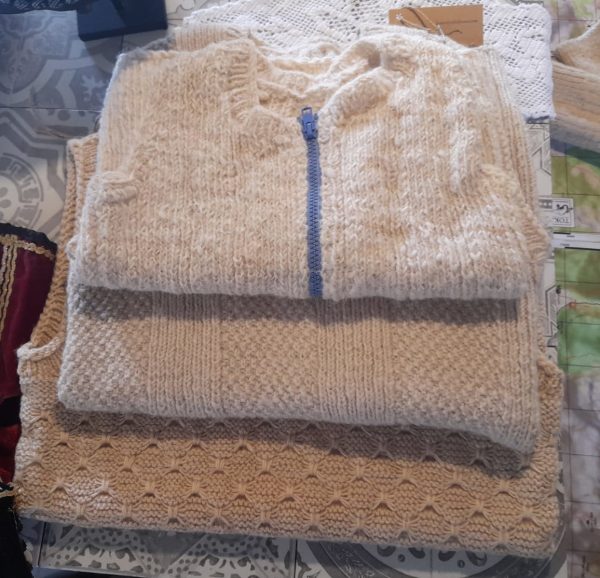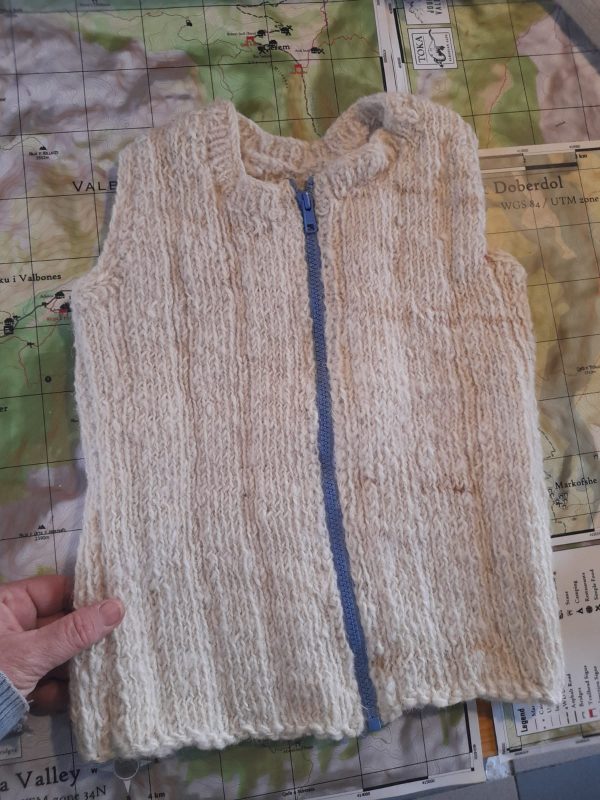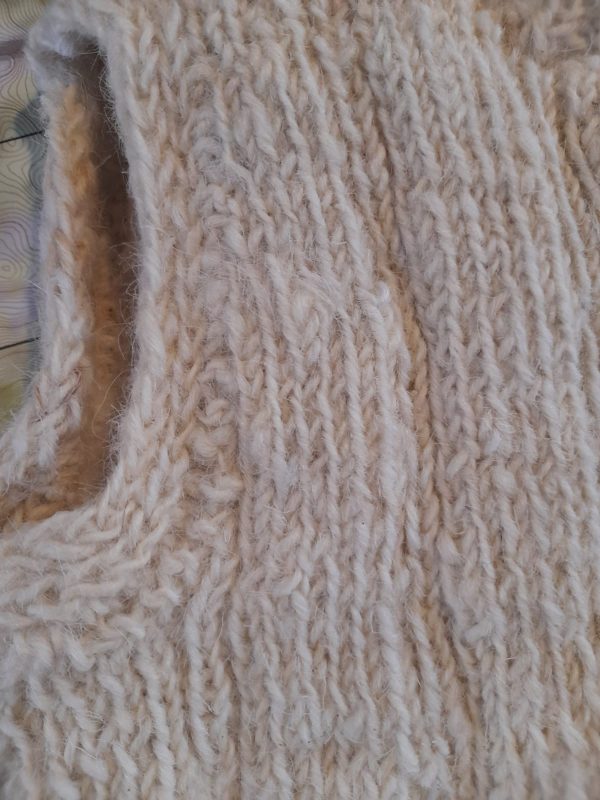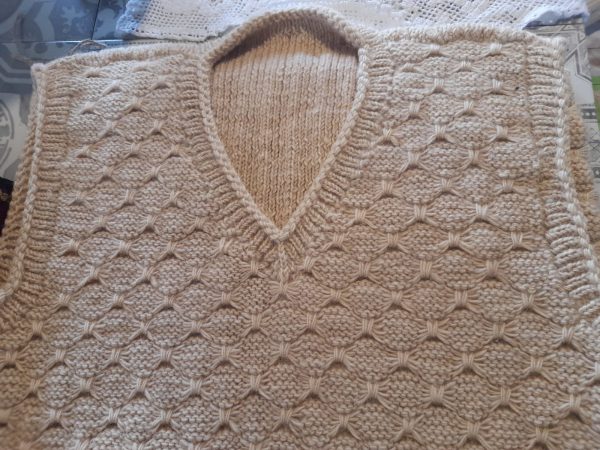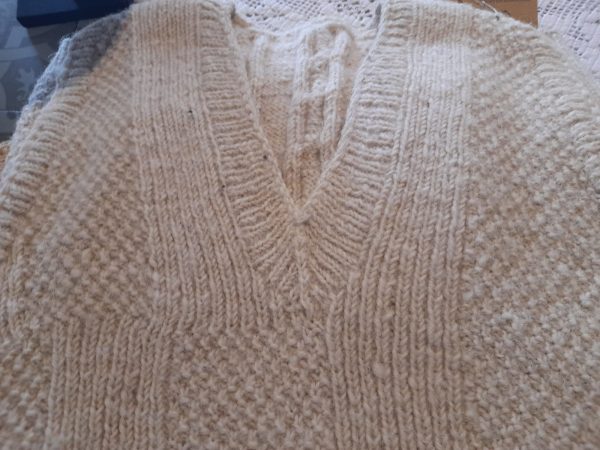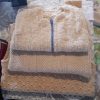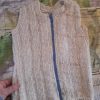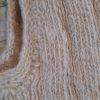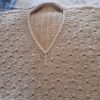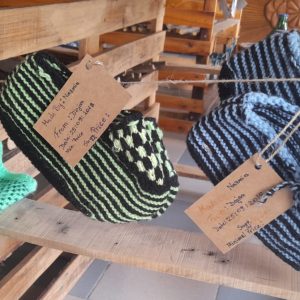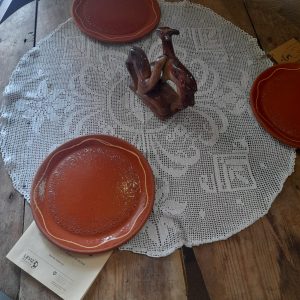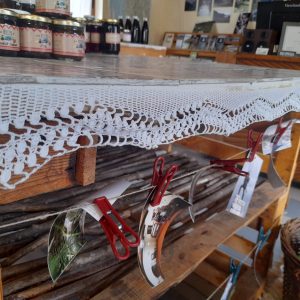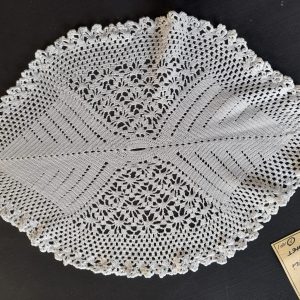Product Description
Okay – so one of the most bizarre, possibly masochistic, things that made me fall in love with Tropoja was that first winter I spent living with Alfred’s family, 100% traditionally – and I mean 100% traditionally – a freak heavy snow in December knocked out the electricity, which stayed firmly knocked out for 3 months. So – no lights (during the 16 hours of daily darkness), no hot water (hours to boil a cauldron of water on top of the wood stove for your weekly hair washing – can you have a sitz bath on your head?) (which, if you’re particularly inept at milking the cows – which I was – can all be undone when the cow whacks you in the head with their shit-soaked tail – there’s a reason ladies wear those head scarves! And no, it’s NOT modesty) (and don’t even get me started on hand washing laundry in 0-degree water) and no heating, except for the wood stove in the shared family kitchen. “GOLLY!” I thought. “This is how humanity survived for 40,000 years, up until about 100 years ago. AND I AM SURVIVING IT.” A big part of how you survive it is by wrapping your body in thick and tightly knitted woolen gear – and (as Jack London advised) avoiding getting wet at all costs.
Up until 50 years ago, traditional clothing was largely comprised of heavy knitted – or even felted – clothing. Like the traditional xhubleta or woolen dress which – Ramiz just told me – might weigh as much as 30 kilos. Stop and think about this. A huge sack of heavy grain might weigh 20 kilos. A DRESS, that weighs THIRTY KILO? Truly, Tropojans were badass. (And nicely roasty-toasty!)
Anyhow, by the time I wandered onto the scene, woolen clothing was mainly reduced to warm woolen socks and vests, knitted so dense and tight that they can stand up by themselves. But which – by gum – keep you as warm as Shakleton must have been, to survive the Endurance. You know, as long as you don’t get wet. (At which point you might as well be wearing an anchor, and just lie down and die.)
I’m not sure if any of this will make you want to buy a hand-knitted vest, but . . . I hope it’s interesting?


